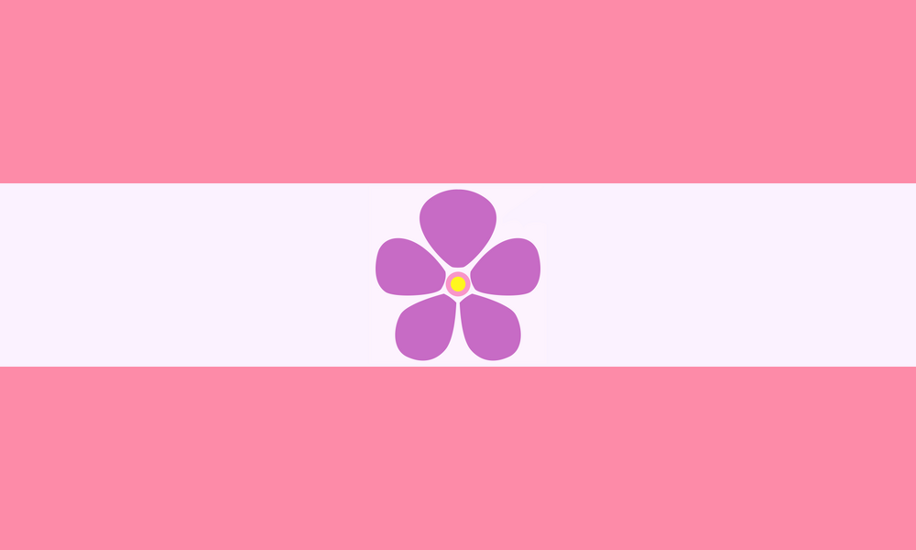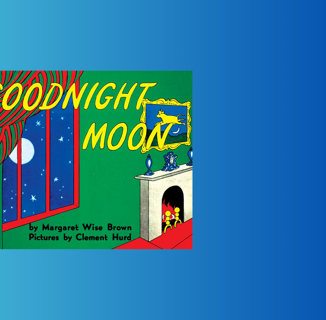Understanding sapphic: A deep dive into its meaning, history, and significance

The term sapphic is often heard within the context of the LGBTQ+ community. But what does it truly mean? And how did it come to be? Let’s explore.
What does sapphic mean?
In simple terms, sapphic refers to women (or women-identifying individuals) who are attracted to other women. It is an umbrella term that encompasses lesbian, bisexual, pansexual, and queer women. It also includes trans and nonbinary mascs or femmes who are attracted to women.
The sapphic identity does not include cisgender, heterosexual men attracted to women. Basically, if you’re not a cis man and you’re attracted to women, you can identify as sapphic.
In the past five years, the term has gained popularity and awareness as seen on Google Trends, and is widely used on social media platforms. Its male counterpart, achillean, is also becoming more popular, but not quite as quickly.
History of the term
The word “sapphic” is derived from the Greek poet Sappho, who lived on the island of Lesbos in ancient Greece. She wrote many poems that expressed love and desire between women, making her an important figure in lesbian history.
But the term sapphic wasn’t always used positively. In the 19th and early 20th centuries, it was often used as a derogatory term for women who were attracted to other women. It wasn’t until the rise of the feminist and LGBTQ+ movements in the latter half of the 20th century that the term was reclaimed and embraced by queer women.
Sapphic vs. lesbian vs. WLW (women-loving women)
In today’s society, the terms sapphic and lesbian are often used interchangeably. However, there is a distinction between the two.
Lesbian specifically refers to women who are exclusively attracted to other women. Sapphic, on the other hand, can refer to anyone who falls under the umbrella of woman-aligned individuals attracted to women. Think of it sort of like the difference between bisexual and pansexual – one is more exclusive, the other is inclusive.
Another term for a sapphic-like identity is WLW (which stands for women-loving women). However, it’s important to note that this term may not be as inclusive since it may not encompass nonbinary individuals.
The sapphic flag

The sapphic flag is a symbol of pride and representation for the sapphic community. It includes three stripes (two pink and one lavender) with a violet flower symbol in the center. The flag symbolizes love and passion between women and feminine individuals within the sapphic community.
Sapphic experiences abound
As with any identity, personal experiences can vary widely. Many individuals who identify as Sapphic share their stories, shedding light on their unique journeys and challenges.
A coming out story from the South
Girlfriend as in girlfriend, not a friend who’s a girl
Being trans sapphic in a cis lesbian world
Related:
5 Black Sapphic Celebrity Relationships That Scream Couple Goals
Here are five Black sapphic celebrity couples showing us what queer couple goals look like.
The importance of sapphic representation in media
Representation matters, and it’s crucial for the sapphic community to see themselves reflected positively in media. This includes accurate and diverse depictions of sapphic relationships, experiences, and identities.
Some examples of positive sapphic representation in media include:
- The movie Portrait of a Lady on Fire, which features a sapphic relationship and portrays it in a beautiful and respectful manner.
- The L Word: Generation Q, which showcases the lives of diverse sapphic women and queer individuals.
- Orange is the New Black, which features a diverse range of sapphic characters and explores their experiences in a women’s prison.
Related:
In Need Of Sapphic Film Recommendations This Pride Month? Look No Further Than This Twitter Thread
Consider adding some of these sapphic films to your own collection this Pride month.
Stay proud, stay sapphic!
Sapphic is an important and inclusive term that represents a diverse community of women and woman-aligned individuals who love other women. Its history, meaning, and representation continue to evolve as society progresses towards greater acceptance and understanding of the LGBTQ+ community.
Subscribe to the INTO newsletter for more content on sapphic identity and experiences.
Help make sure LGBTQ+ stories are being told...
We can't rely on mainstream media to tell our stories. That's why we don't lock our articles behind a paywall. Will you support our mission with a contribution today?
Cancel anytime · Proudly LGBTQ+ owned and operated
Read More in Culture
The Latest on INTO
Subscribe to get a twice-weekly dose of queer news, updates, and insights from the INTO team.
in Your Inbox















